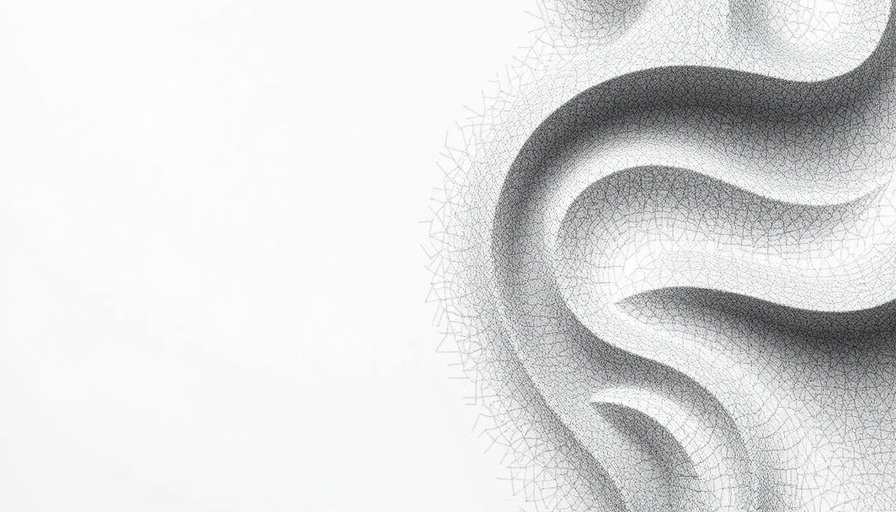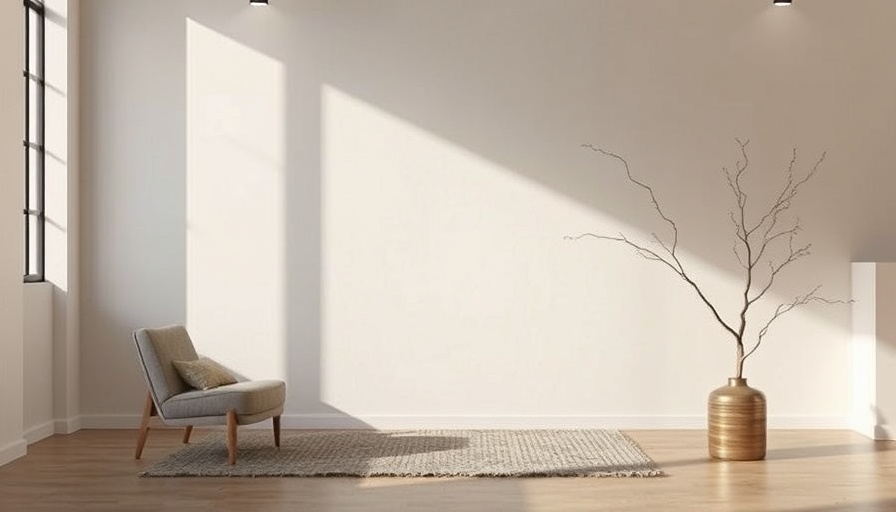
The Emotional Power of Texture in Home Design
Creating a home that resonates on an emotional level is an art. As families in the greater Hampton Roads area seek to make their living spaces more inviting and expressive, one crucial element often overlooked is texture. Through various materials and finishes, every room can evoke feelings of warmth, comfort, or excitement, making texture a powerful tool in the realm of interior design.
Understanding Texture: More Than Just Aesthetic
Texture adds depth and dimension to a space, influencing our emotions in ways that paint or color alone cannot. For families, especially in homes where many memories are made, this becomes vital. Think about the difference between a soft woven rug and a sleek hardwood floor: the former may offer a sense of coziness, ideal for a child’s playroom, while the latter could impart a more modern feel, perfect for an office area. Exploring these contrasts can inspire homeowners to play with tactile elements for a home that truly represents their personalities.
Crafting Connection with Natural Elements
In an increasingly digital world, incorporating natural textures into home design has a profound effect on creating a sense of belonging. Using materials like wood, stone, or even textiles can create a tactile sensation that welcomes people into your home. Scandinavian and minimalist design philosophies, which emphasize natural materials and simplicity, can be particularly appealing. They suggest that a few well-placed textures can invigorate any room, whether it’s a cozy living room or an inviting kitchen.
Practical Tips for Incorporating Texture
How do you effectively enhance the tactile experience in your home? Here are several tips tailored for homeowners in Hampton Roads:
- **Layer Textures:** Mixing fabrics such as velvet cushions with silk throws or contrasting smooth surfaces with rough textures like sisal can create a rich environment.
- **Incorporate Nature:** Bringing in plants or using natural finishes in furniture not only enhances textures but also improves air quality, a bonus for families.
- **Focus on Areas of Connection:** Design your living room or kitchen as a focal point for interaction. Textured kitchenware or artisanal serving pieces can enhance shared meals, making them memorable.
Defining Emotional Spaces
Smart design isn't just about looking good; it reflects the life inside it. For families in military communities, like those in Hampton Roads, creating a home that fosters emotional connections is especially important. It’s about crafting spaces where children can thrive, families can gather, and memories can be made.
Conclusion: Enhancing Emotional Wellbeing Through Design
By embracing texture in interior design, homeowners can craft emotional and physical spaces that resonate with their lived experiences. It’s not simply about aesthetic appeal; it’s crucial for fostering familial bonds and creating a nurturing environment. As you consider your own home, ask yourself how the textures around you make you feel. Explore various interior design styles, from contemporary to minimalist, to find the perfect balance that suits your family. Your home is not just a structure; it’s a sanctuary where every touch can invoke warmth and connection.



Write A Comment